Gear Racer
Explore the scientific concepts of simple machines of gears, motion, position versus time, gear ratios, gear box and understand the metric system of measurements.
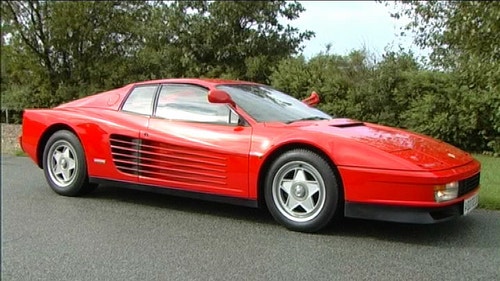
Connect
(5-10 Minutes)
Racing cars are exciting because they travel so fast. The fastest racing cars, Formula 1 racing cars travel at speeds of over 225 mph. The driver has to drive around bends that change direction. To do this the driver has to slow the car down without losing power. The driver uses a gearbox to do this. All cars have gearboxes and the development of gearboxes in racing cars has led to better gearboxes being available in family cars. In the same way the different materials and structures developed to make racing cars faster, stronger and lighter are now used to improve the performance of everyday cars.
You will build a model gear racer and investigate how its speed can be influenced by shifting gears.

Construct
(20-25 Minutes)
Build the Gear Racer
(building instructions 18A and 18B to page 17, step 20)
Keep the power lead clear of all moving parts.
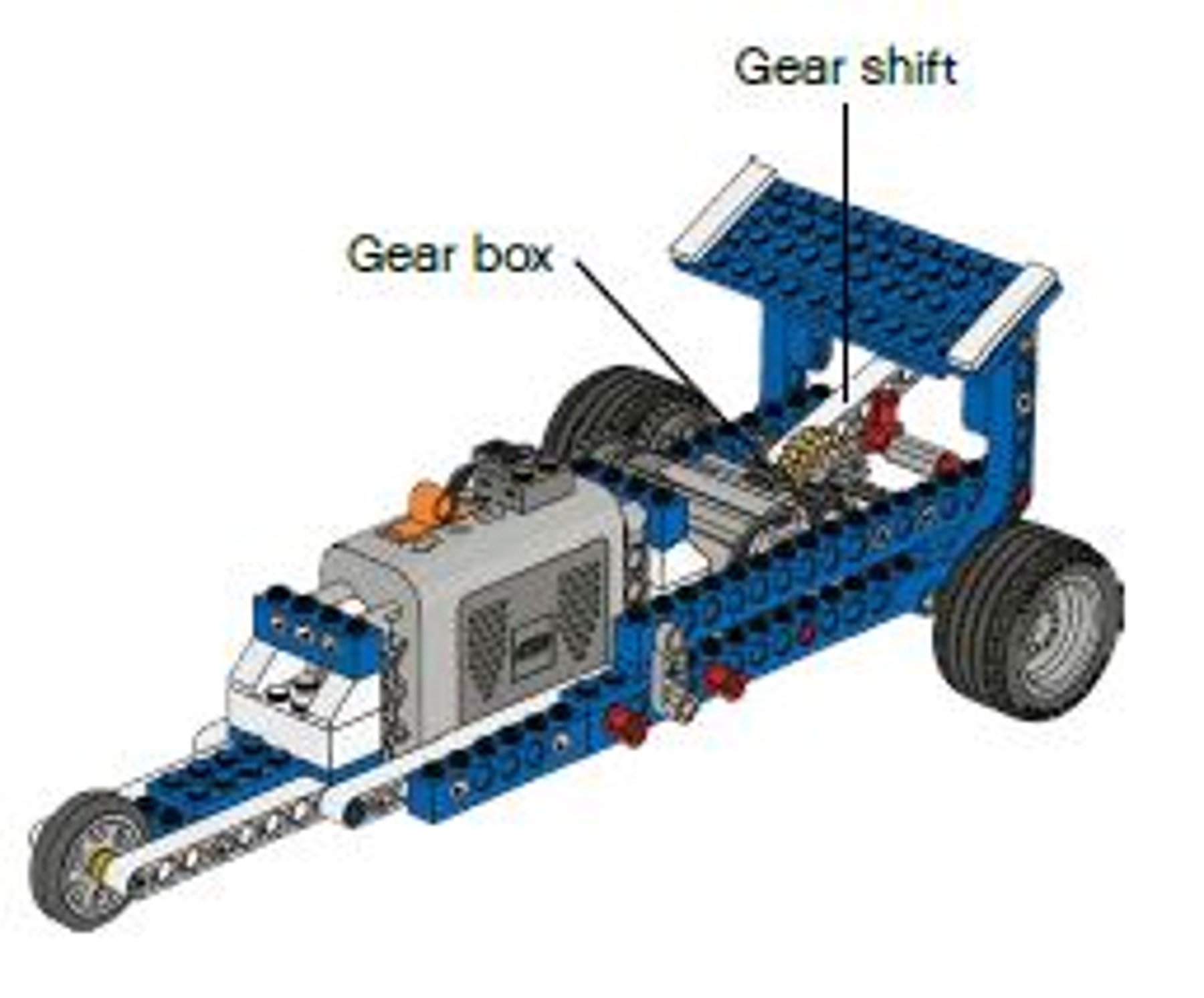
Try the two gear positions and make sure the gears mesh.
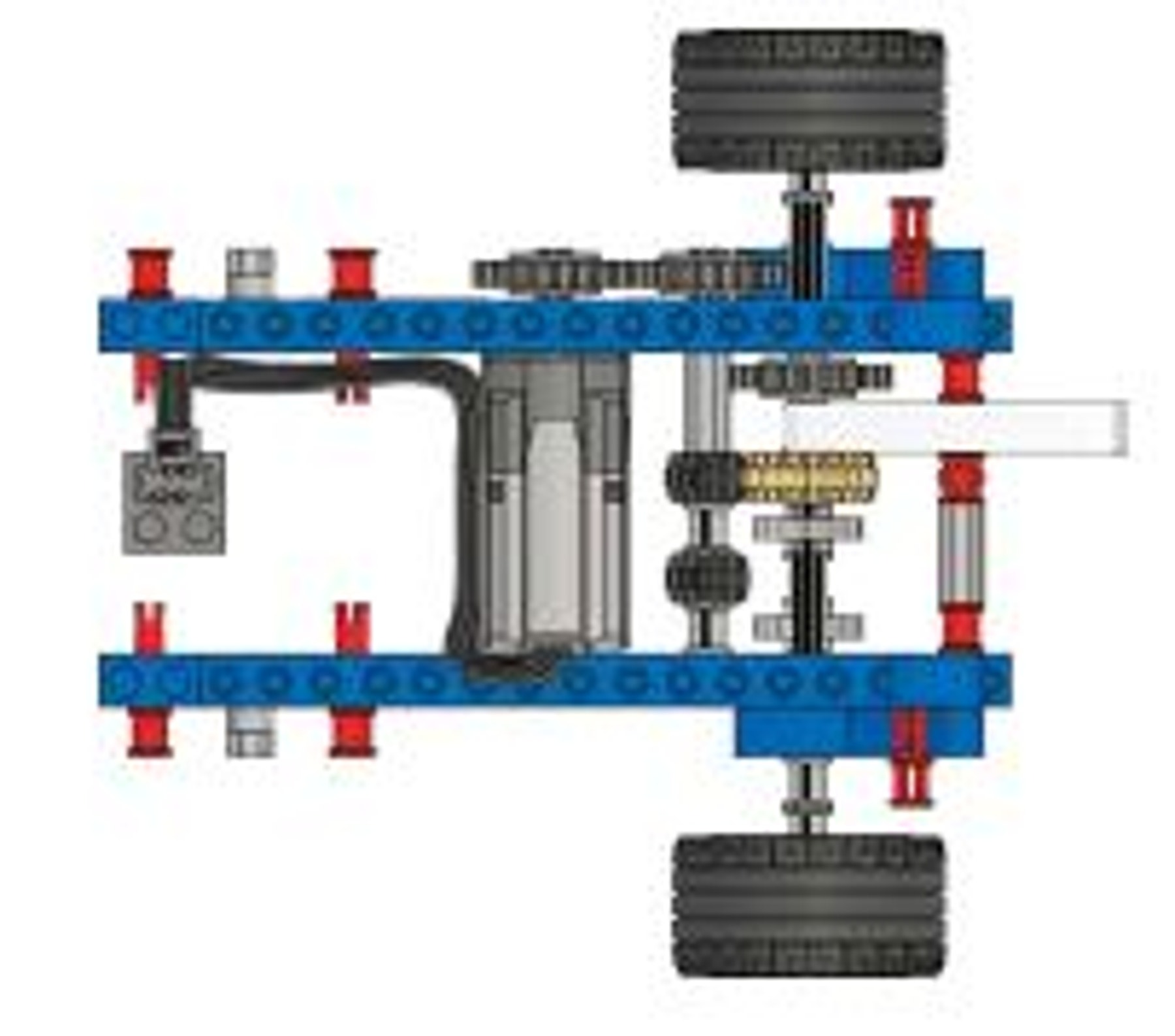

Mark a Test Track
Mark a start line and finish line 2 m (≈ 2 yd) apart.
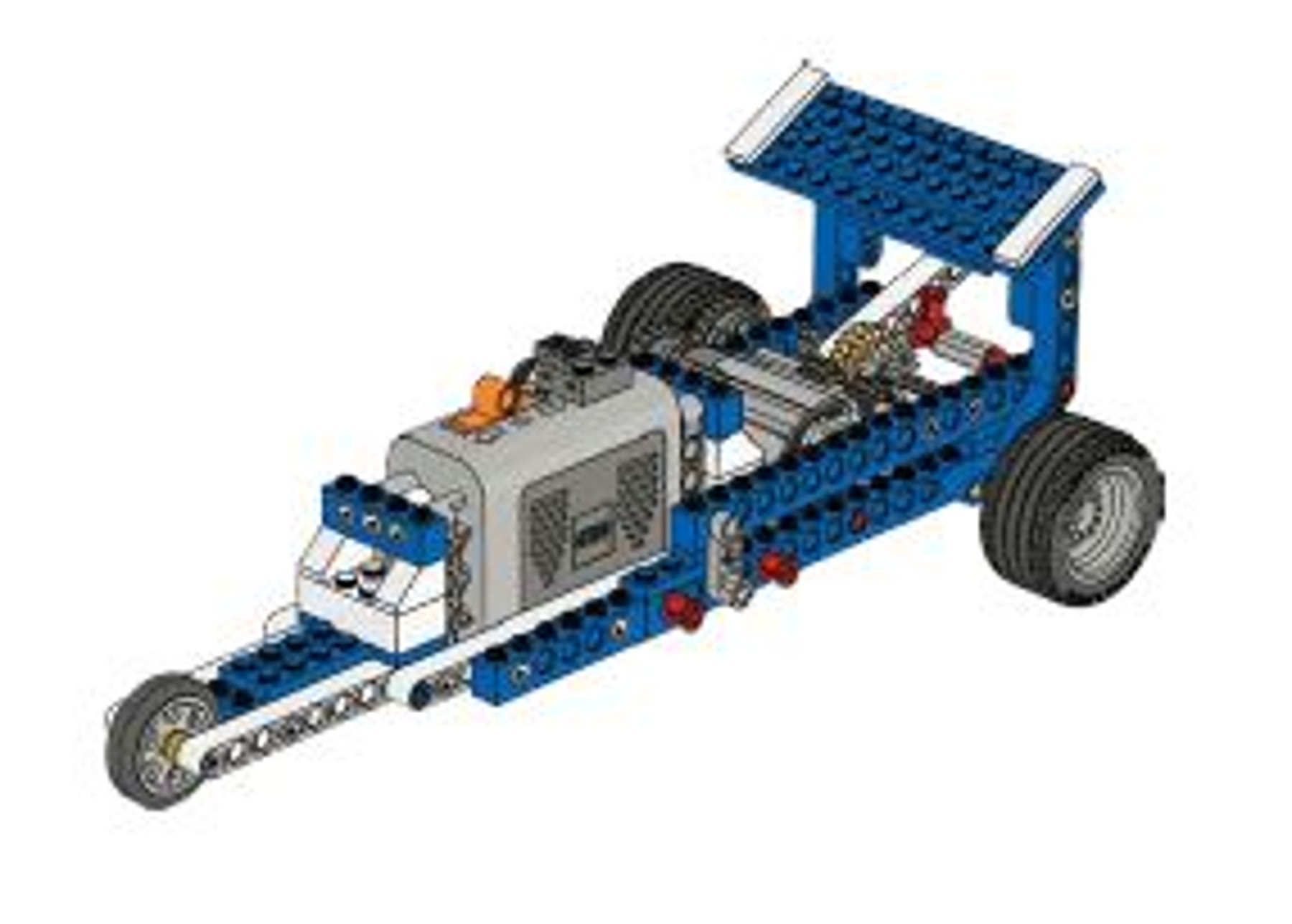
Contemplate
(20-25 Minutes)
Why does a gear racer use a gear box?
Due to the gears in a gear racer it can deliver the best in both power and speed transmission.
Calculate the average speed of the gear racer by using this formula:
Hint:
You can find all of the formulas you need to calculate gear ratio in the principle models section for gear.
First, calculate the gear ratio of the gear racer with the gear set in position A and predict how much time the gear racer will need to do the 2m (≈ 2 yd) stretch.
Record the gear ratio and your prediction on the worksheet.
Then test your prediction and calculate the average speed.
Record your findings on the worksheet.

Next, follow the same procedure for the gear racer with the gear set in position B.
The gear racer set in gear setting A (page 17, step 20) has a 5:1 gear ratio
and will do the 2 m (≈ 2 yd) in 10 sec. resulting in an average speed of 0.2 m/sec.
The gear racer set in gear setting B (page 18, step 21) has a 5:3 gear ratio
and will do the 2 m (≈ 2 yd) in 4 sec. resulting in an average speed of 0.5 m/sec.

Hint:
The LEGO® motor turns at about 400 rpm unloaded.
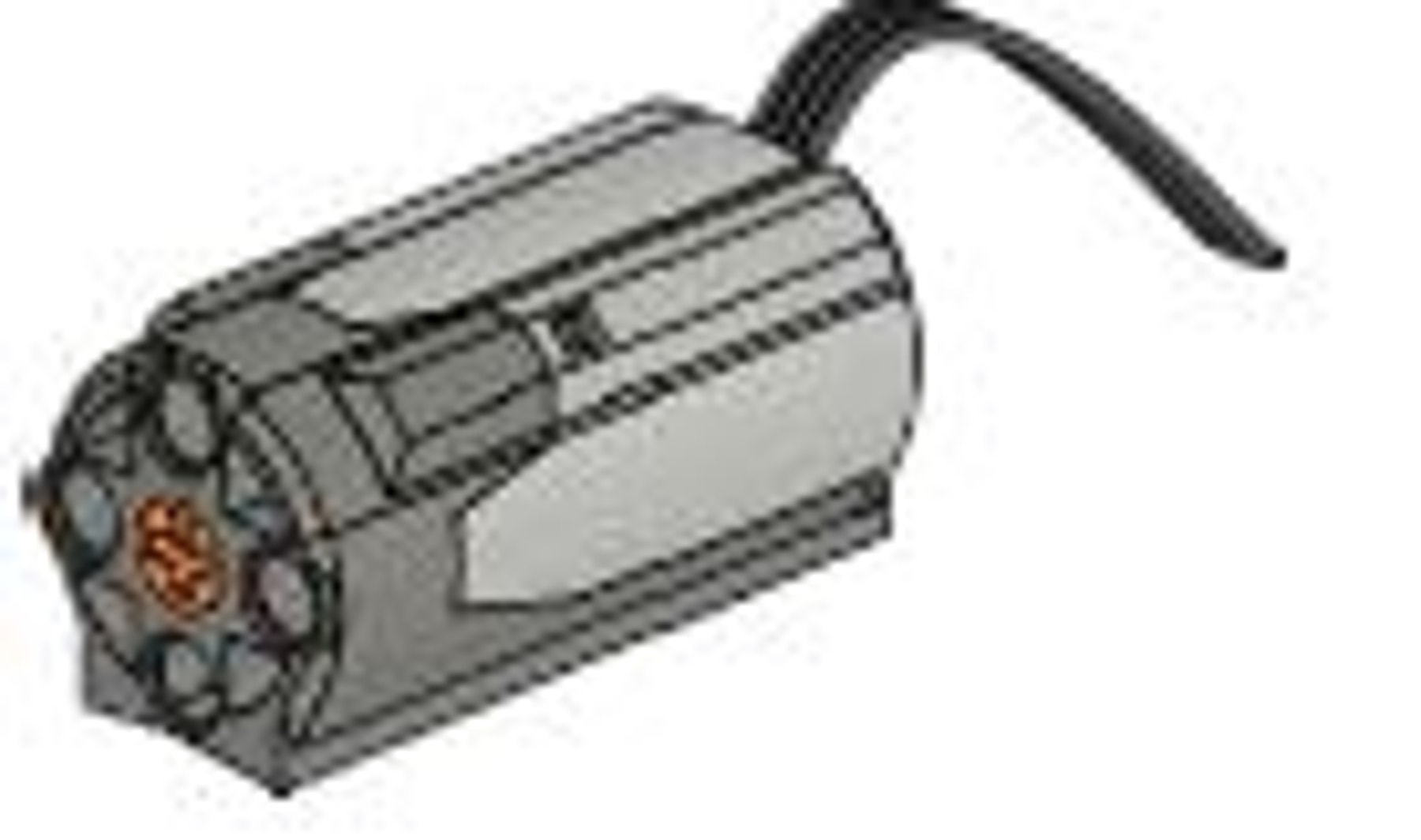
The circumference of the large LEGO wheel is 135.7 mm (≈ 5.3 in).
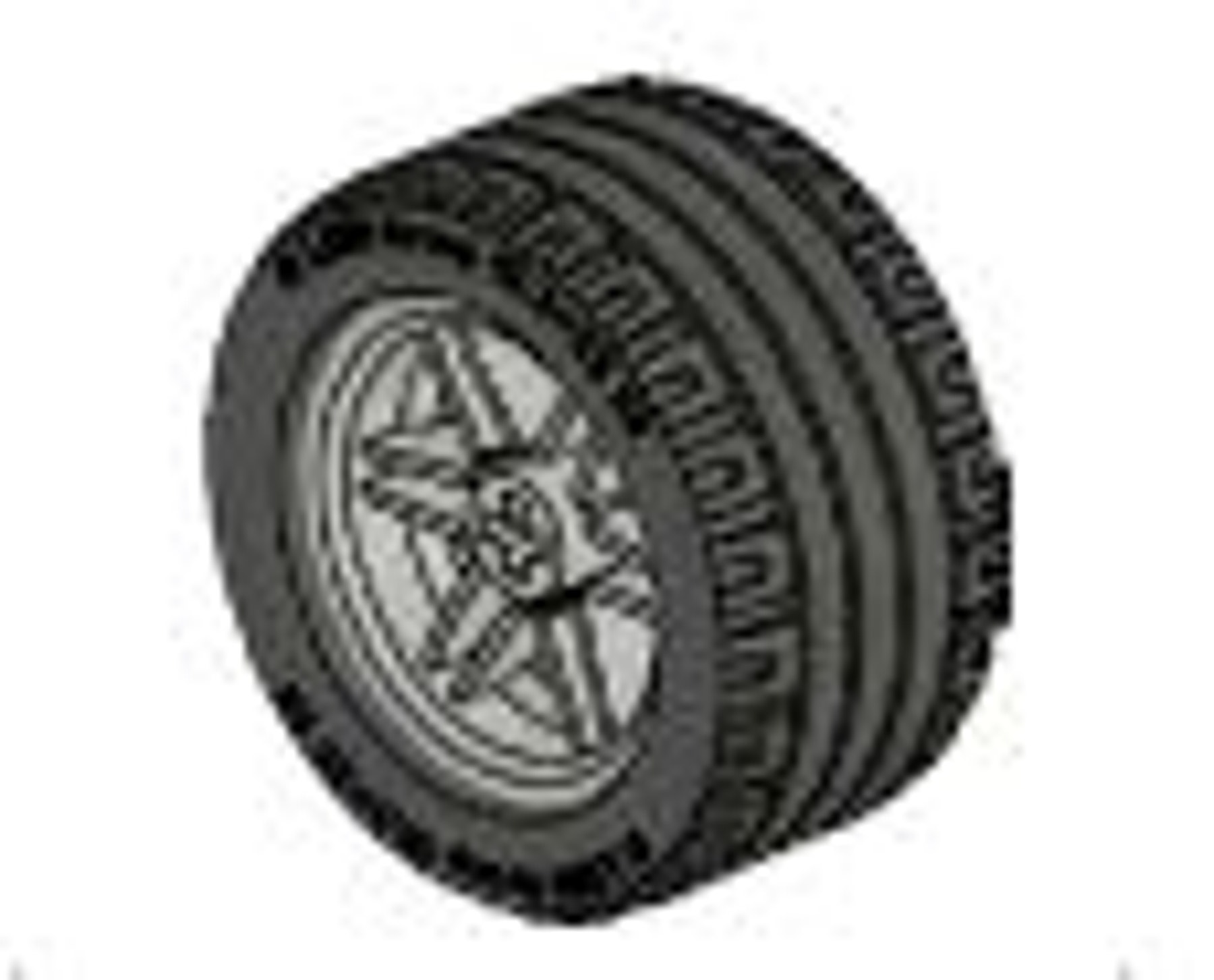
Continue
(25-30 Minutes)
Redesign needed?
Race cars come in many different types to fit the race type and race track.
Now redesign the gear racer to make it the best in its class. We have highlighted some questions you could explore. Choose one area that you would like to investigate.
Then design a test that will help you explore how it functions and possible additional improvements you could make to your new gear racer.
Remember to record all of your test results.

When the students have chosen an area of interest sparked by the ‘what if’ suggestions ask them to:
a) Explain clearly the relevant part in the original model
b) Identify the key features of that part that makes it work in the way that it does
c) Consider which of these key features might be changed
d) Make possible changes to see their effect
e) Decide which changes achieve the desired effect
f) Record their new design and add notes to explain
a. What changes they made
b. Why they made them
c. The effect that the changes have had
Students can record their designs by sketching them, or by taking digital photos or video. It will help if students work collaboratively as they will be able to question one another as they move through the task.
Teacher Support
Students will explore the concepts of:
Science
Experiment and measure the effect of force on an object
Forces
Scientific investigation
Simple machines
Lever
Technology
Assembling components
Construct simple machines
Evaluating
Mechanical advantage
Properties of materials
Engineering
Describe and explain parts of a structure and the effects of loads
Test and evaluate before making improvements
Mathematics
Determine percent of error
Develop, analyze, and explain methods for solving problems involving proportions, such as scaling and finding equivalent ratios
Select and apply techniques to accurately find length measures to appropriate levels of precision
Solve problems involving scale factors, using ratio and proportion
9686 Simple & Powered Machines Set (two students per set recommended)
Measuring tape
Calibrated weighing machine
Crosscutting Concepts
Cause and effect: Mechanism and explanation
Scale, proportion, and quantity
Systems and system models
Structure and Function
Stability and change
Science and Engineering Practices
Asking questions and Defining Problems
Developing and using models
Planning and carrying out investigations
Analyzing and interpreting data
Using mathematics, Informational and Computer Technology, and computational thinking
Constructing explanations and designing solutions
Obtaining, evaluating, and communicating information
Common Core Mathematics Standards
MP4 / 6.RP.A / 6.EE.C / 7.EE.B / 8.EE.B / 8.F.B
Common Core English Language Arts
SL 6.1 / SL 6.4 / SL 6.6 / SL 7.1 / SL 7.4 / SL 8.1 / SL 8.4 / SL 8.6
RST 6-8.1 / RST 6-8.2 / RST 6-8.3 / RST 6-8.4 / RST 6-8.5 / RST 6-8.10
WHST 6-8.2 / WHST 6-8.4
Student Material
Share with:
 Google Classroom
Google Classroom



